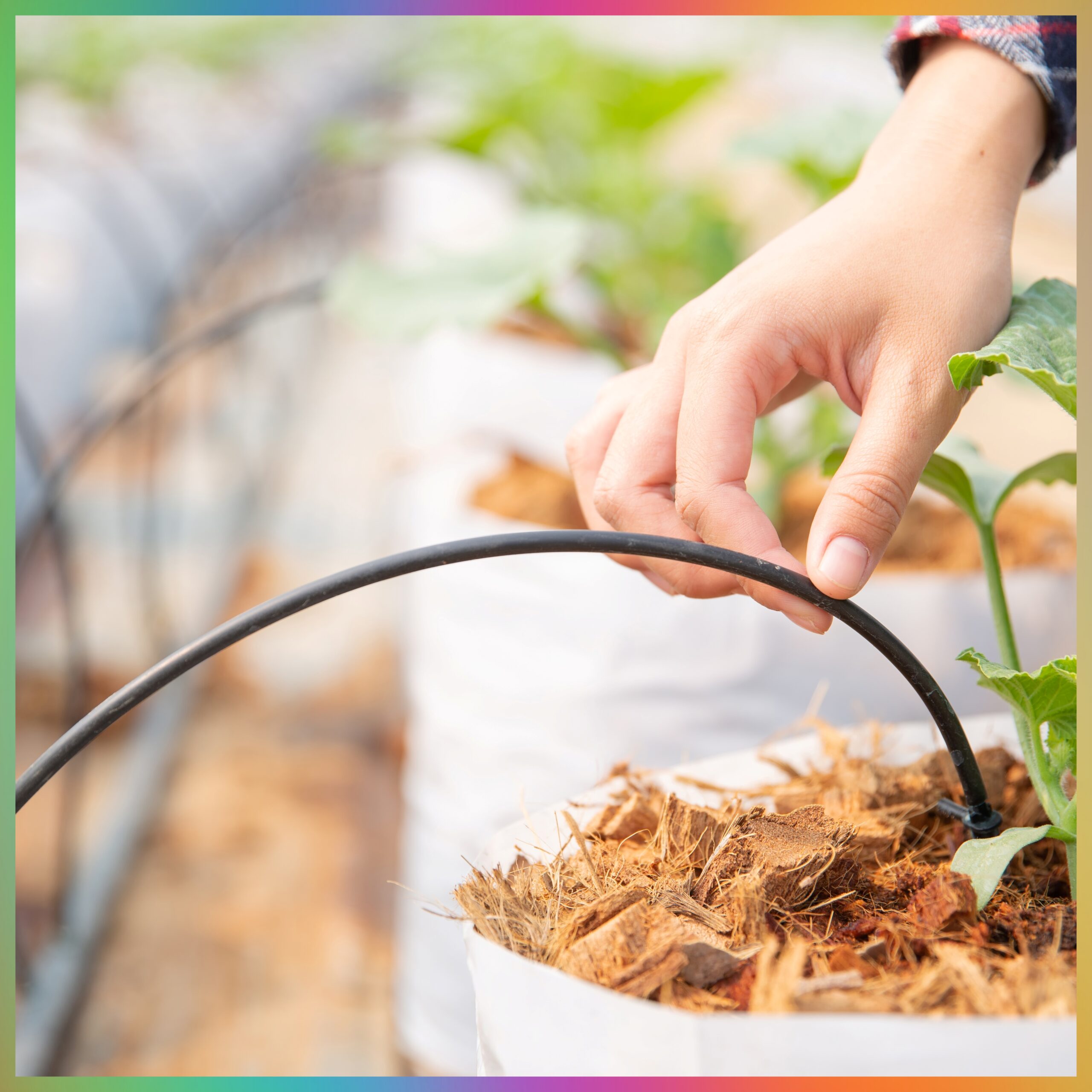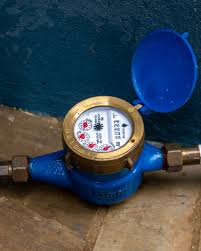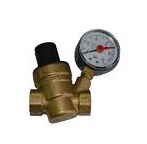
The drip irrigation technique is the irrigation technique that can save up to 70% of water while maintaining the optimal water level for plants.
However, despite its effectiveness and water-saving benefits, if you are unfamiliar with how to set up a drip irrigation system or which tools are necessary for such systems, can potentially lead to disaster and wastage of water.
Therefore, in this post, I have provided detailed explanations of the tips and tools you need to consider when installing a drip irrigation system.
Use Water Flow Meters

In the drip irrigation method, consistent water flow is crucial for ensuring uniform water distribution.
If any irregularities in the water flow cause an unfair distribution of water to the plats. Water flow meters show you the water flowing rate through the main pipe, making it easy to identify the problem.
There are various types of water flow meters available. Some meters come with sensors, while others display the water flow analogically. Choose the meter that best suits your needs.
Maintain Cleanliness
Are you using city water? Well? Or Ditch water? Or using some drum tank etc.
You should check the source of the water regularly.
Because of debris, sand, or any left levees can interfere with water flow to the endpoint.
To ensure smooth operation, manually check the water source and verify that the system is running properly.
Use a Water Pressure Regulator

If you’re using the residential water supply to drip irrigation, then you should consider buying the water pressure regulator.
Most of the time, residential or city water connection pressure is high. Initially, you may set up drip irrigation easily without any leaks. However, the expansion and wear of the tubing and joints will eventually cause a blowout of your drip system, a loss of water, and possibly a ruined landscape. So the water pressure regulator is an easy solution for lowering water pressure.
Even if your water pressure is low enough to support a system, a pressure regulator can prevent surges and water hammer effects that can burst system tubing.
Setting up and Choosing Dripper
In the end, the dripper is responsible for dispensing the water. Even if you do not use a dripper and simply pinch the pipe for irrigation, it is recommended to use a dripper instead.
In drippers, there are many types like PC online drippers, adjustable drippers, no-drain drippers, etc. Choosing the best suitable is the key to the effective utilization of the drip irrigation technique.
Before choosing the dripper, consider the weather conditions in your area. Also, remember that many drippers claim that water flow remains the same even if you add more dripper points to the system, which is not true; there is a fraction of water distribution that gets disrupted.
Install Shut-up Valve
Shut-up valves play a key role if your garden has different types of plants that require different water requirements.
By installing several shut-off valves, you can easily turn the valve on or off as needed, depending on the water requirements of specific areas or plants.
Install Timer and Filter
If you’re a person who travels a lot and doesn’t have time to take care of plants in your garden but make sure they are watered well, then the timer is recommended.
A timer is a device that ensures the drip system and the plants will consistently get the right amount of water at a designated time of day (usually early in the morning) for optimum health and production.
These timers run on solar power or a battery eliminating the human involvement completely, but you often have to check the meter condition.
Additionally, installing a filter is important to prevent the small drip orifices in emitters, sprayers, or tubing from becoming clogged. The filter helps maintain smooth water flow and ensures the efficient functioning of the drip irrigation system.
Adding the Backflow Prevention Device
You can use a shut-off valve as the backflow prevention tool, although there are more effective tools available such as air gaps and vacuum breakers.
The backflow of water can cause a big problem if your dripping system runs on the water running in your home. And if you want to fertilize it with a fertilizer injector, there is a high chance that while your system is on and the water is running in your home, fertilizer can be siphoned back into your sink or shower.
A backflow prevention device can effectively tackle the problem of back flowing water so that the drip system runs smoothly.
Use Quality Irrigation Components
Always choose high-quality drip irrigation tools instead of opting for cheap drip emitters from platforms like Amazon. Cheap emitters can compromise your system, lead to water wastage, disrupt your water flow plan, and potentially damage your landscape.
Check for Any Leaks
In drip irrigation, it’s all piled down to the consistent flow of water, so to maintain it, you can use a tool like a water flow meter.
Other than that you can follow some of the tips to avoid leaks.
- Use a tool that makes clean even cuts for solid connections.
- Ensure your barbed connections are fully covered.
- Use pipe tape where required.
- Routinely check your system for weakened connections or leaks.
Conclusion
These are all the tools and tips you can use to maximize the utilization of drip irrigation.
Apart from these points, based on your geographical location and the nature of the soil, you can even enhance utilization techniques by better planning.

Leave a Reply